Architecture in Beijing, Paris, Hong Kong
Virtual coffee with a student 2023-04-08

This article looks at the unique and different architecture of 3 cities. The architecture presented here and taken together, qualify to be called a symphony of humanity. We aim to broaden understanding in how buildings come to be. In doing so, we aim to find our focus to design better buildings.
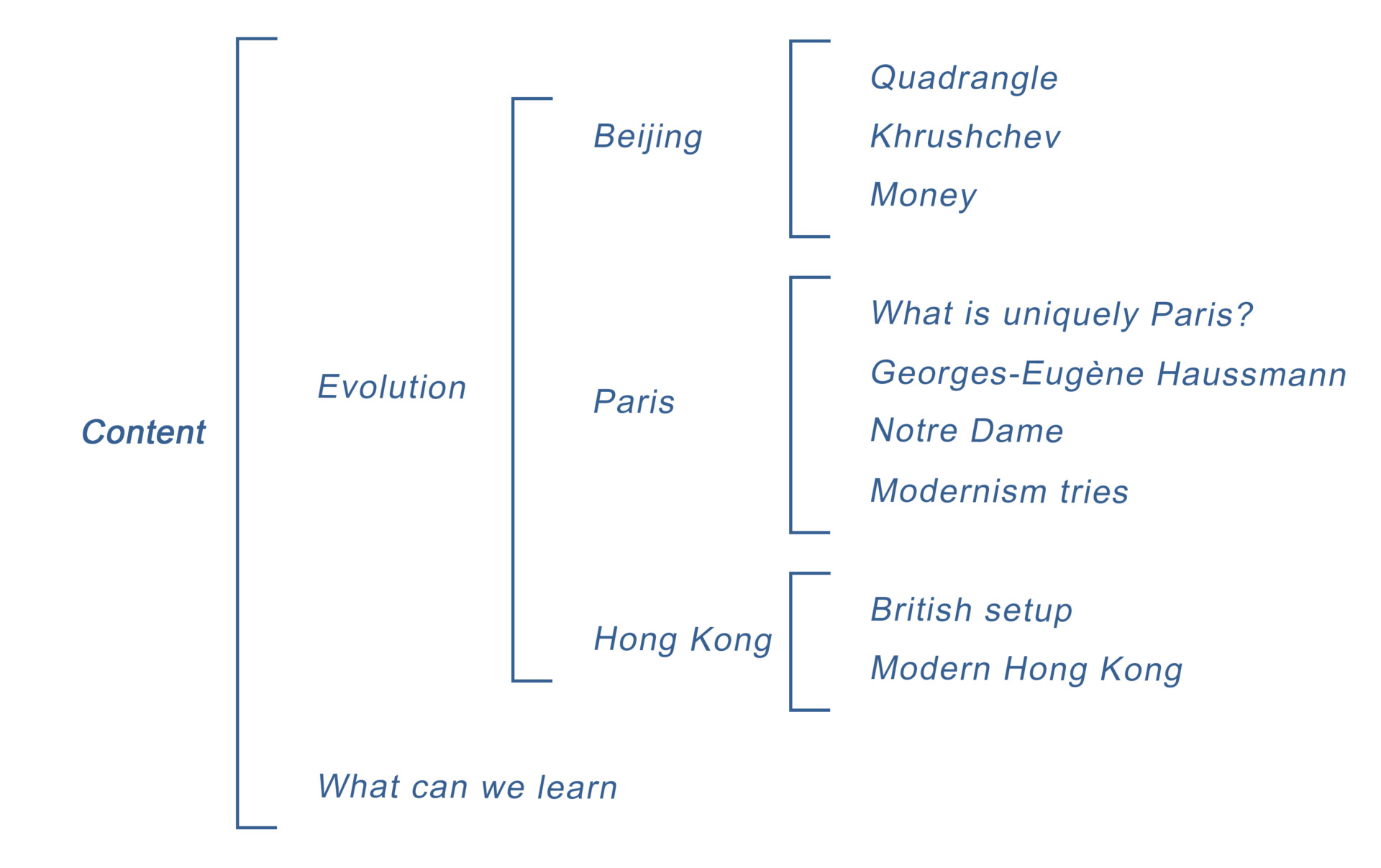
Evolution

Buildings in Beijing evolved into 3 forms unrelated to each other in 3 eras. The first was the quadrangle from year 1400 to 1900, it was a ruler imposed building style in Beijing for 500 years. The second era was Russian neoclassical public buildings and modernist mass housing in years 1950-1980. The third era was building with one, and only one, goal: to surpass the world in any form, among them building speed, and hiring western star architects, in years 1990 to 2020.

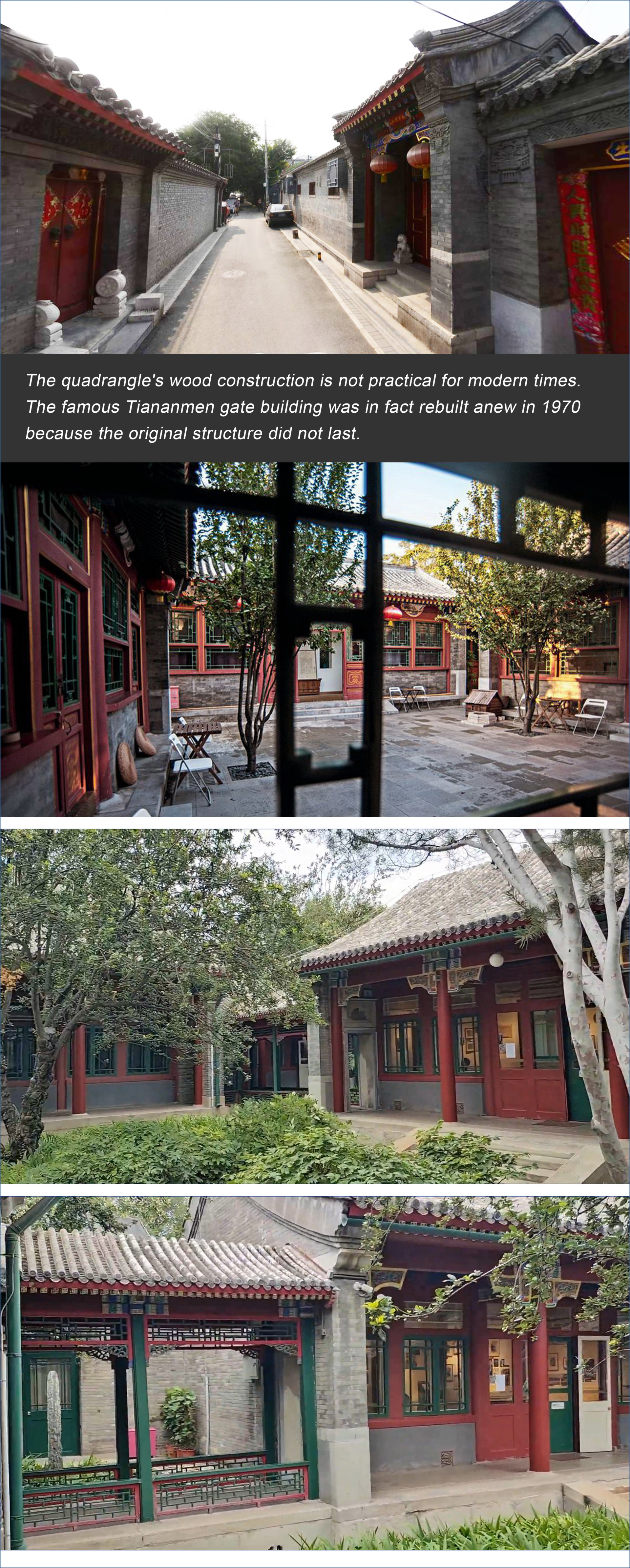


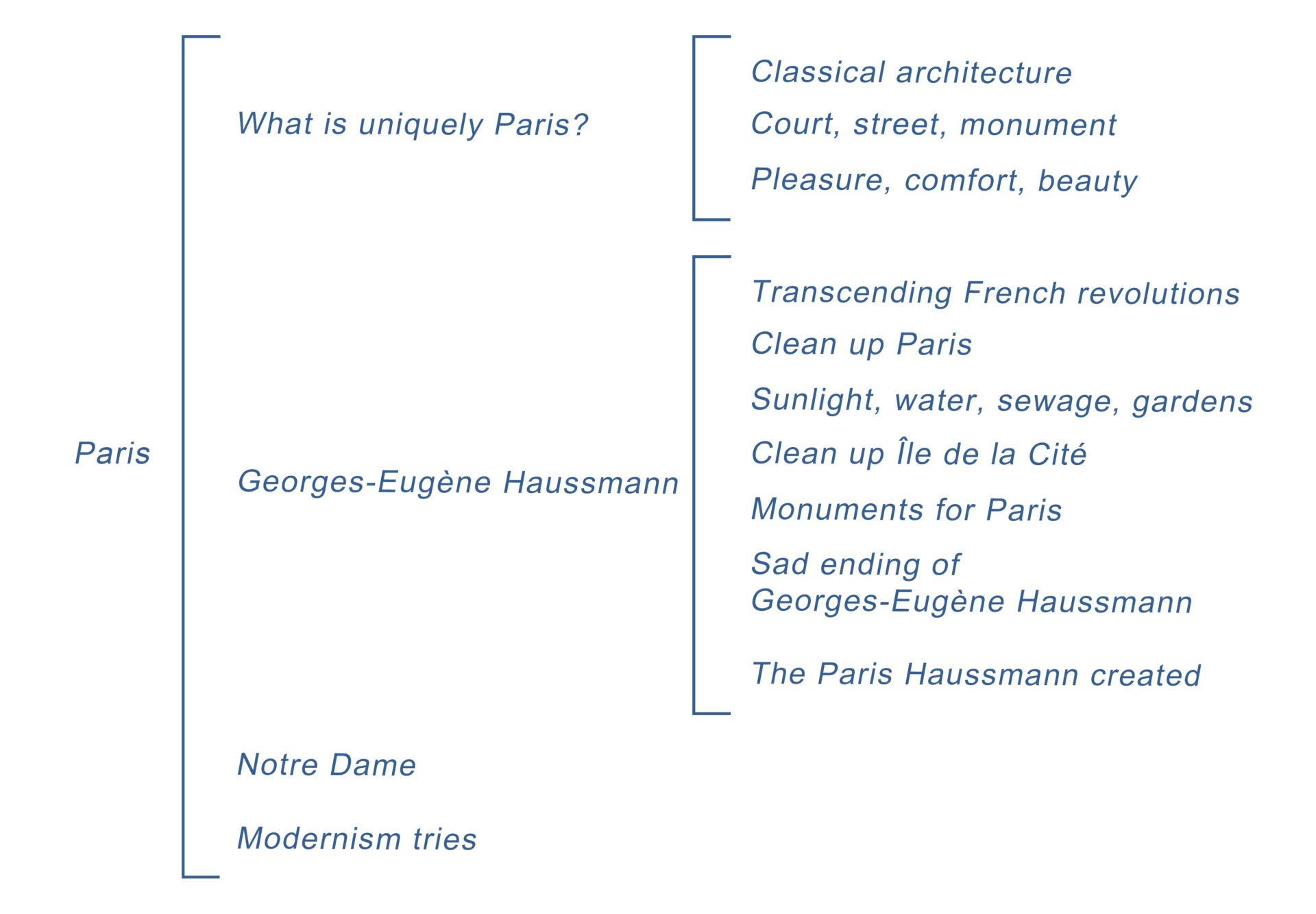


The man who made the beautiful Paris the 20th and 21st centuries world admires, Georges-Eugène Haussmann (1809-1891), was not even an architect, or professional city planner, but unorthodoxically a bureaucrat government official. Unorthodox in not being a professional designer or artist, he was also unorthodoxically not a mediocre common bureaucrat, but a rare talented man regardless of any profession, be it government, design or any profession.
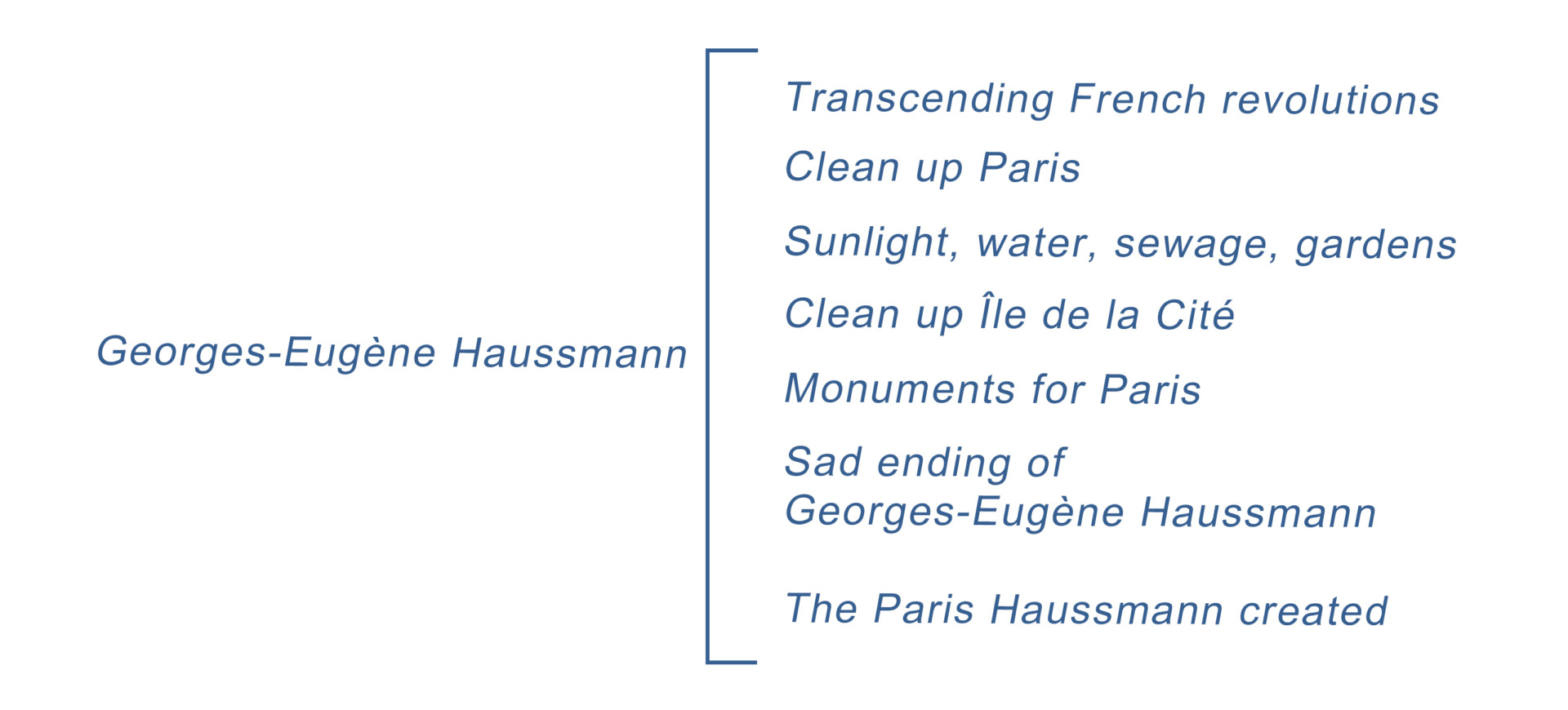




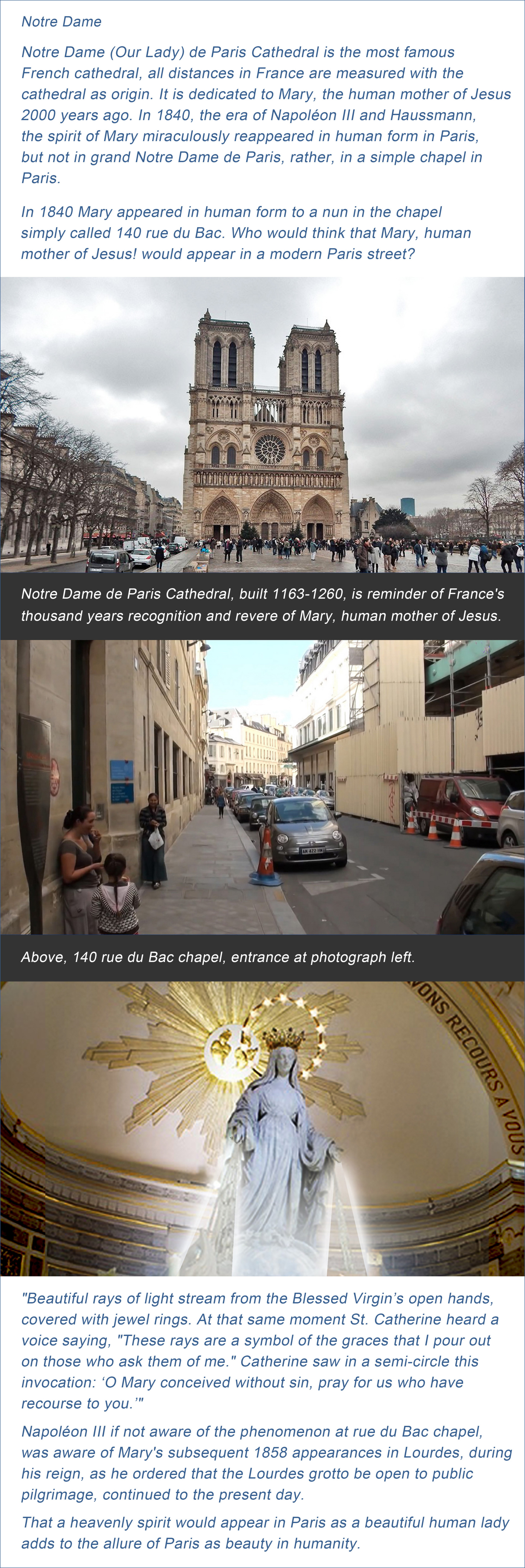
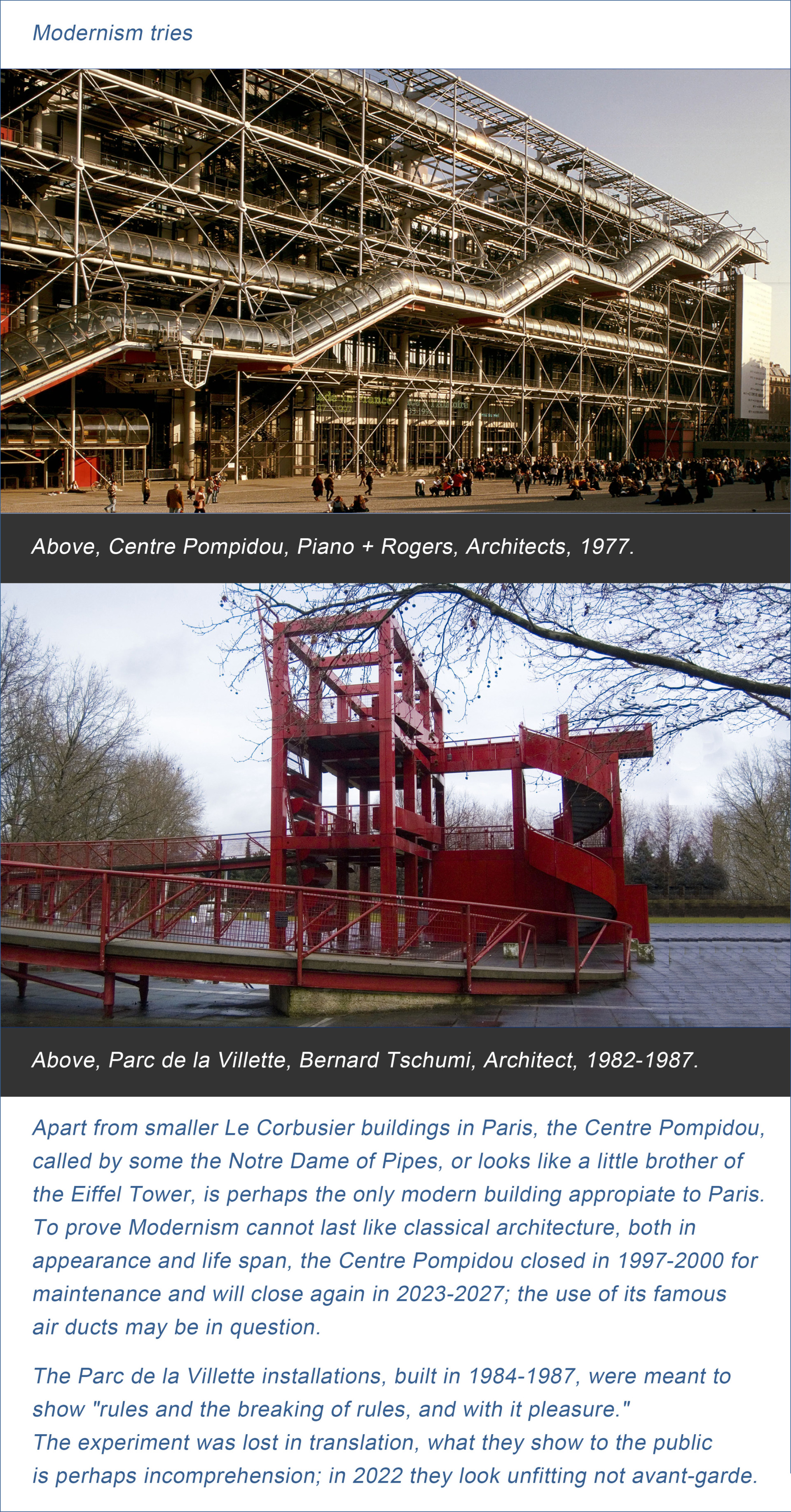



What can we learn

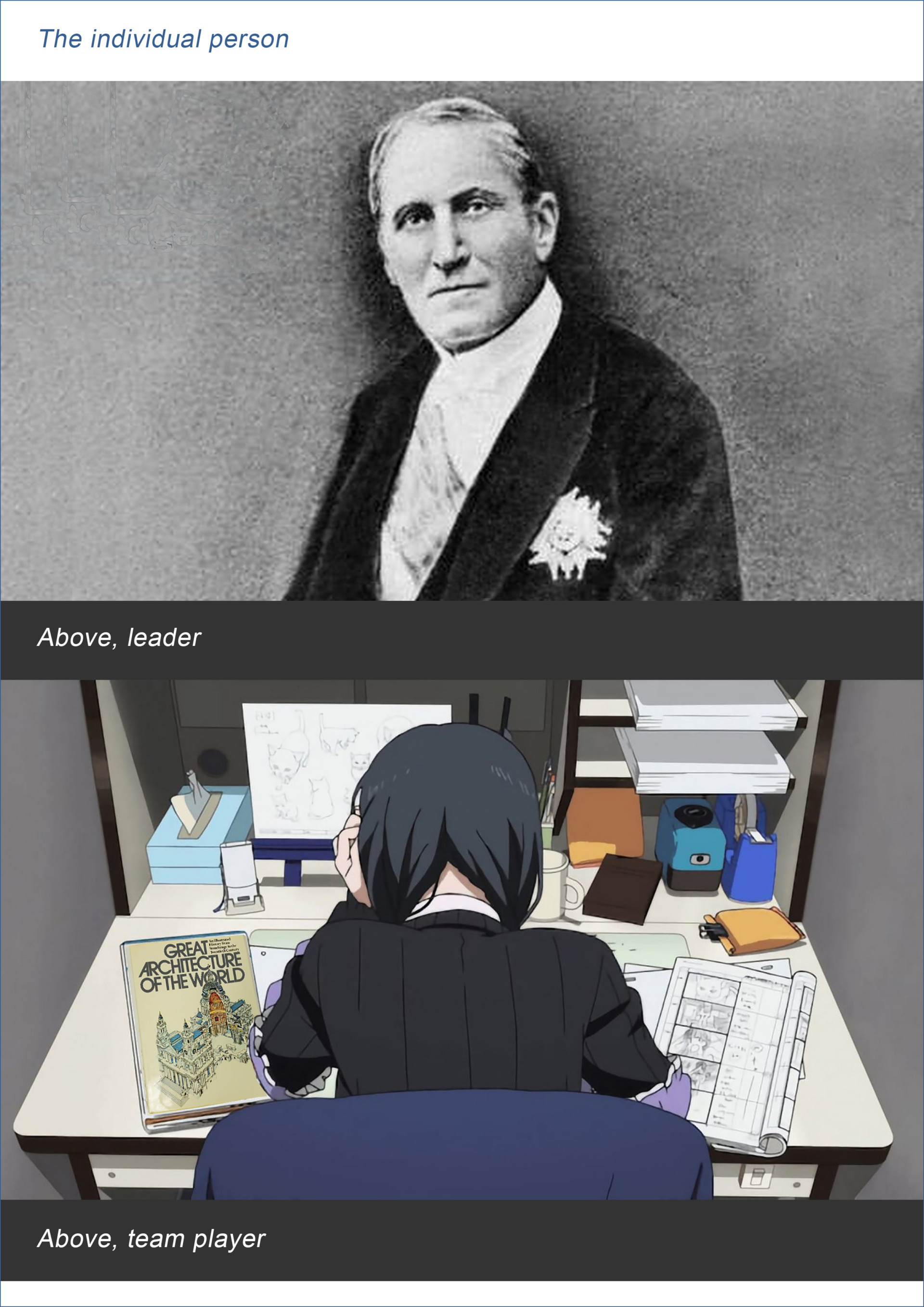
There are 2 truths at once straight forward and simple, yet most people are oblivious to their significance.
The first truth is that all architecture is created by humans, even the grandest palace like the Notre Dame de Paris, or Vatican St. Peter’s Basilica. The second truth is that diversity of human abilities results in persons who could design grand palaces, lesser persons who design merely good buildings, and many people in architecture who cannot design.
People who created buildings that contribute significantly to humanity may be called leaders, but within this leader group there are yet different degrees of ability.
(1) Among the architecture creators noted in this article, Georges-Eugène Haussmann must be among the top leaders. He was not even a professional architect, but in his career he accomplished:
— era transcending construction, despite his country’s revolutions and wars,
— era transcending, an entire city,
— contribution at a global humanity scale, despite no personal reward.
(2) The architects in modern architecture, Norman Foster, César Pelli, Rocco Yim, accomplished:
— significant research in the language of modern architecture.
(3) Artisans who left no names in history, built the quadrangle buildings in ancient China.
Closer to common society are great numbers of people who work in architecture who may be called team players. Many are not sufficiently gifted, or do not meet fortunate circumstance, or have other life ambitions. This is a great population of individuals who work as team players, that we commonly see in life.
But this leads to a wider question of what is really meant by leaders. Though a great number of people may not be leaders in professional architecture, they have a duty to be leaders of their own lives, this in a wider way is the same as looking at leaders who have accomplished architecturally — making accomplishment with this life that we have.
For more about leaders, see article “Leadership skills” in this same website, here.
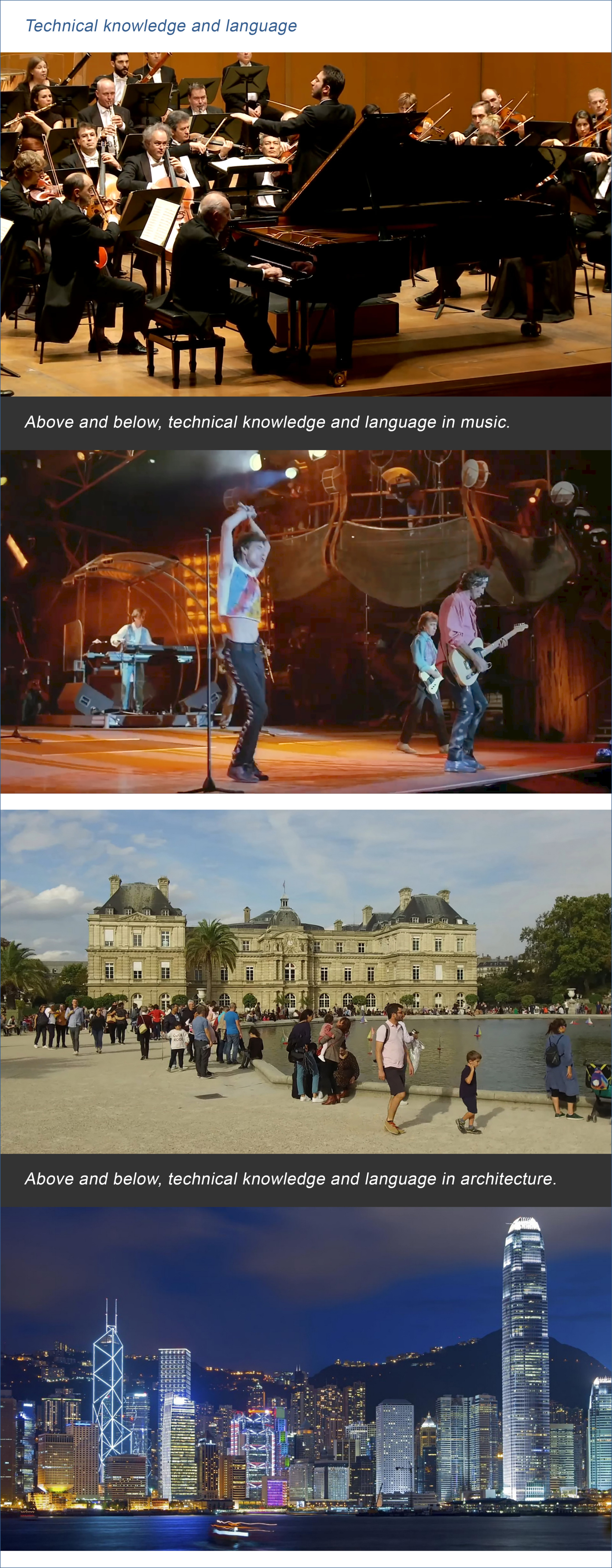
The secret of good to grand architecture can be obvious. There are only 2 ingredients, technical knowledge and language.
Technical knowledge is knowledge how a building is put together. How a building is put together is not only floors, roof and walls, but a vast knowledge of building laws, protection from weather and dangers, life supporting energies, manufacture technology, working with people and society. Technical knowledge how a building is put together has become a stand-alone profession for innumerable people in architecture. But technical knowledge alone is only half of what makes a good building.
For more on technical knowledge of buildings, see article “What comes into a building” in this same website, here.
Music shares the same ingredients of technical knowledge and language. Technical knowledge in music is knowing how to play instruments, violins, trumpets, guitars, drums, and importantly how to master playing the instruments well. Language in music is knowing the different languages in music, classical, modern jazz, rock and roll and numerous others, and importantly how to master a language. Humanity has grown accustomed to demanding top-level mastery of music language.
Language in architecture is knowing the different languages in buildings, European classical, Chinese classical, Modern, again importantly, how to master the languages.
There is argument that language in architecture is an evolution that cannot be bound in types. But similarly, music language is formed from evolution, and the languages are free to evolve. Meantime, good to grand architecture are buildings that are outstanding in their respective language, like great music is music that is outstanding as classical, jazz or rock and roll.
Among the buildings cited in this article, the Paris Haussmann buildings must be among the top in European classical language, the Paris Centre Pompidou must be an outstanding exploration in modern language, the airport terminals in Hong Kong and Beijing must be mature language of modern architecture. Great success in these languages is why the world’s people enjoy and love these buildings.
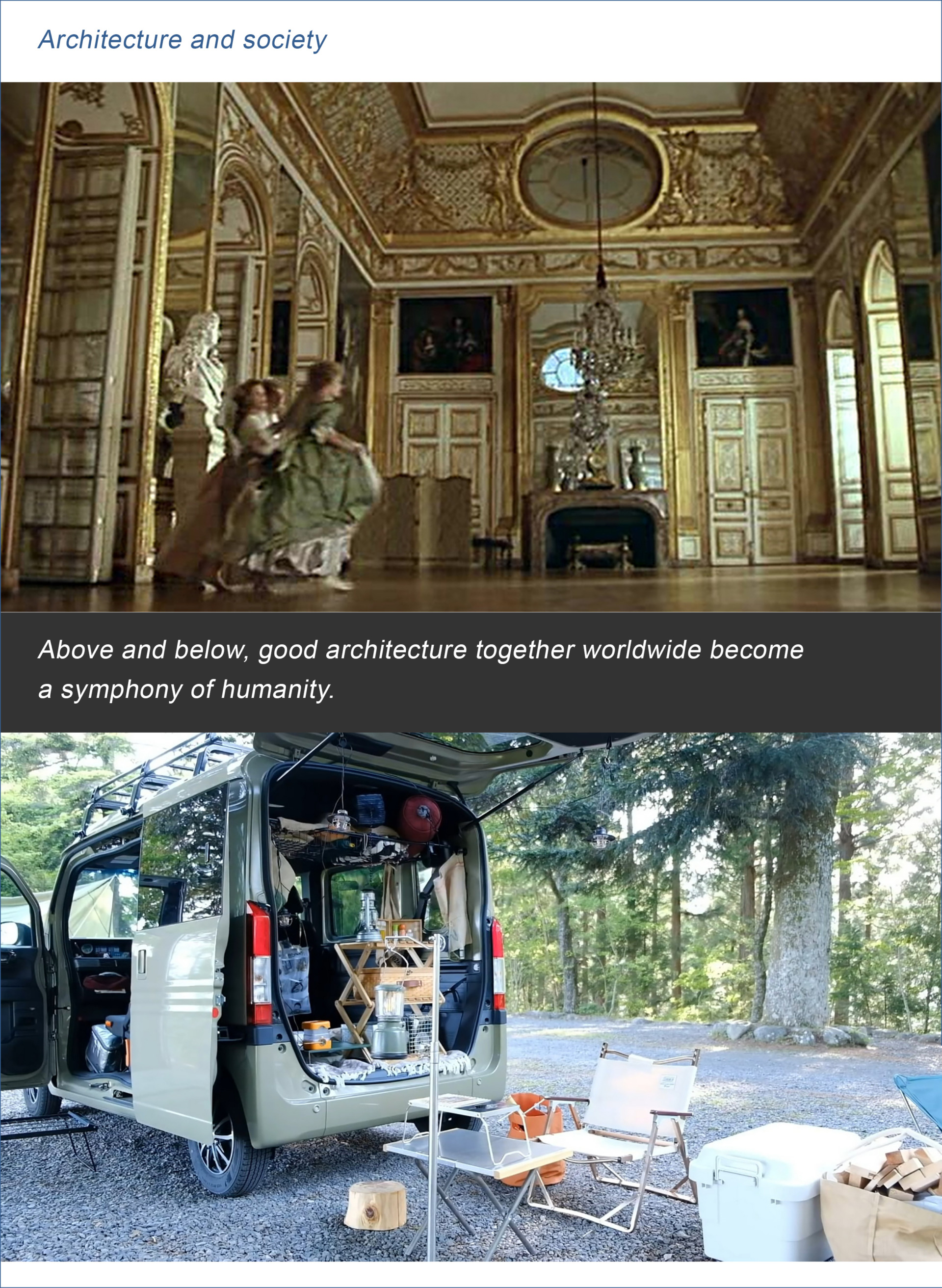
An important and simple test of whether a building is good or grand architecture is, whether the building uplifts people’s heart and spirit.
We have looked at how this can be achieved, with individual human abilities, technical knowledge and masterful language.
This comes from life’s drive for happiness, the spirit that make us feel worth in life. Good architecture together worldwide become a symphony of humanity.